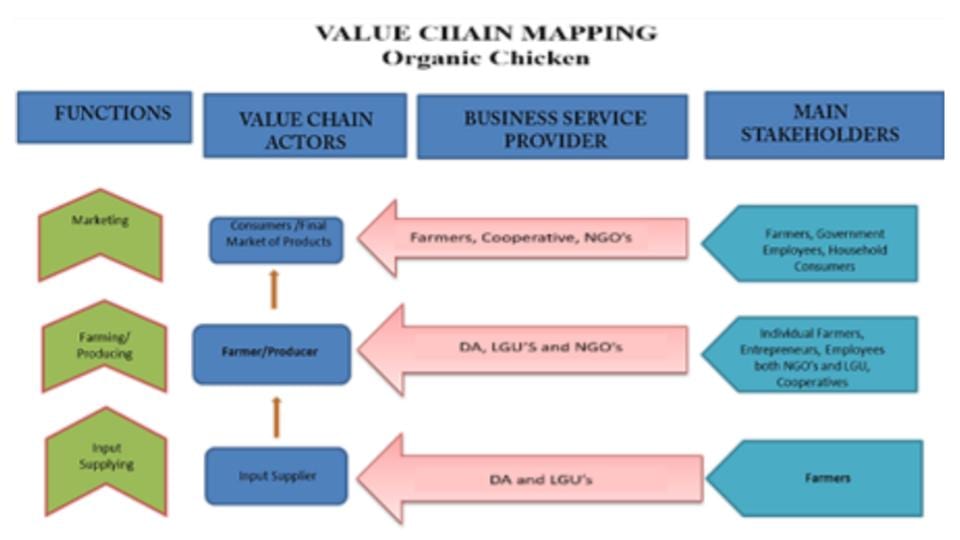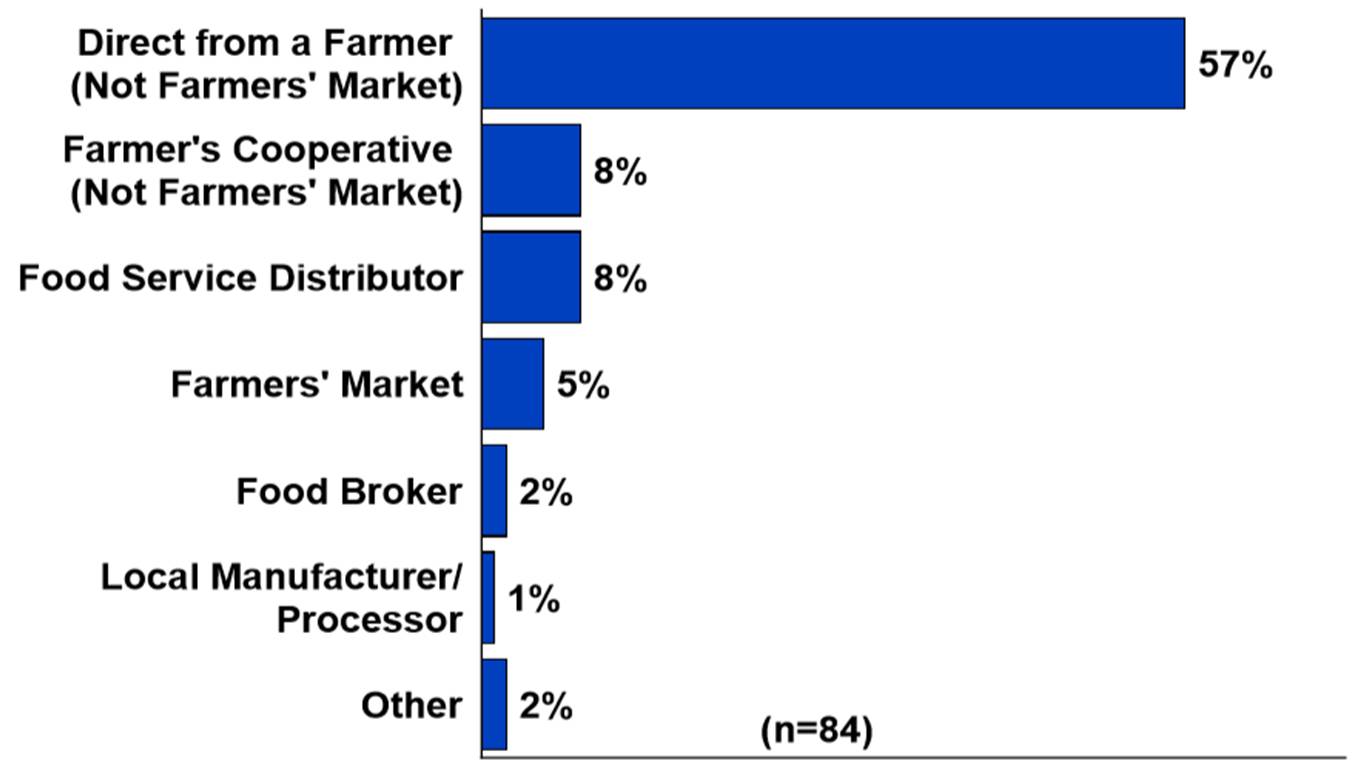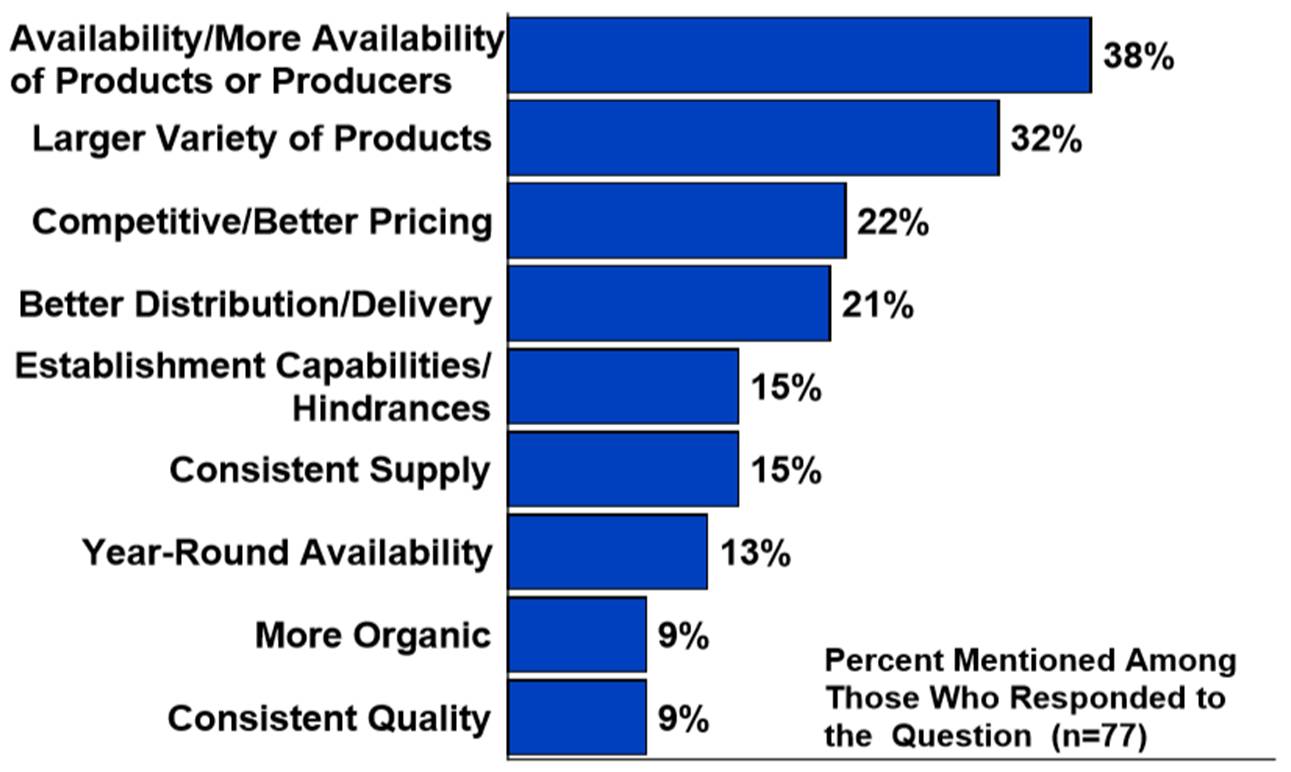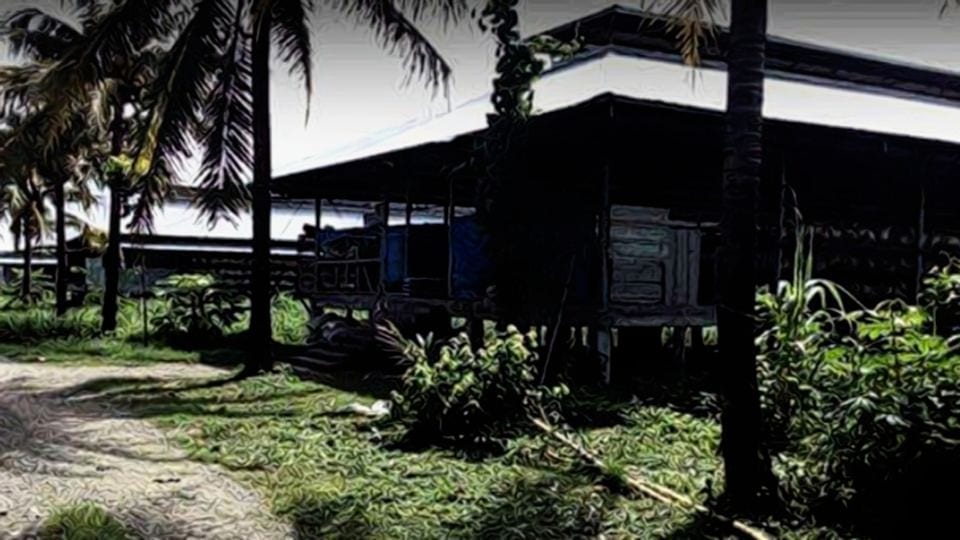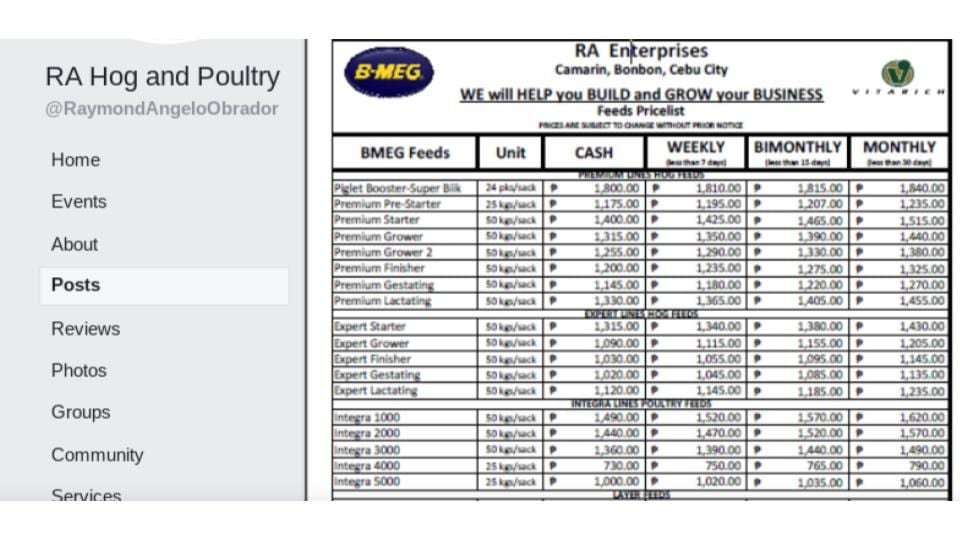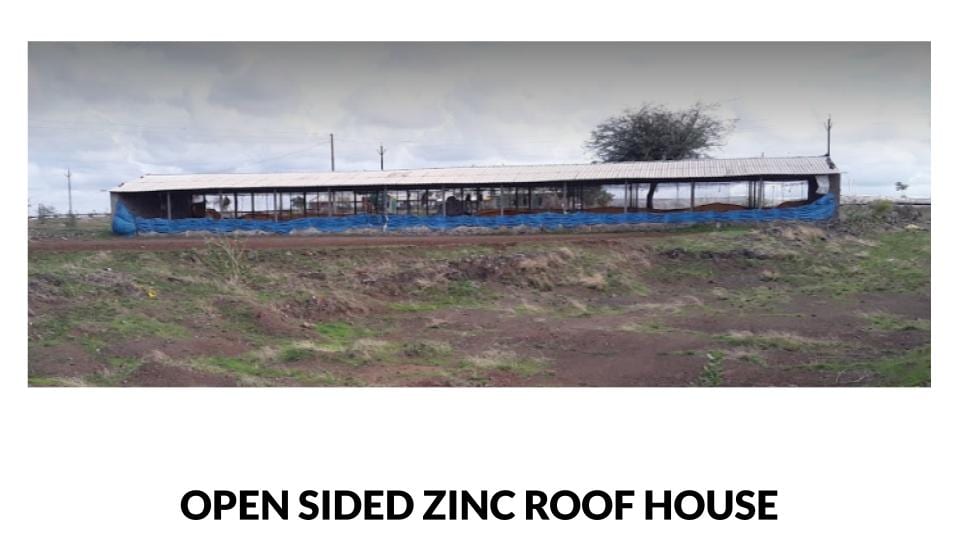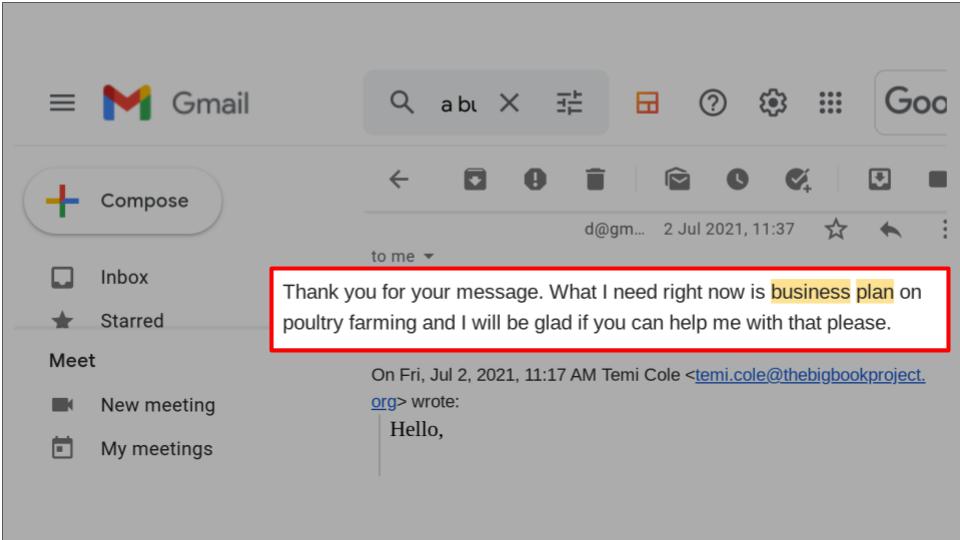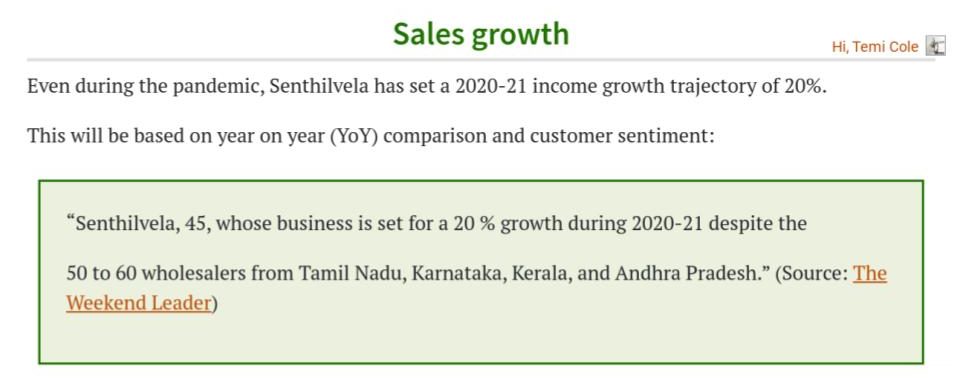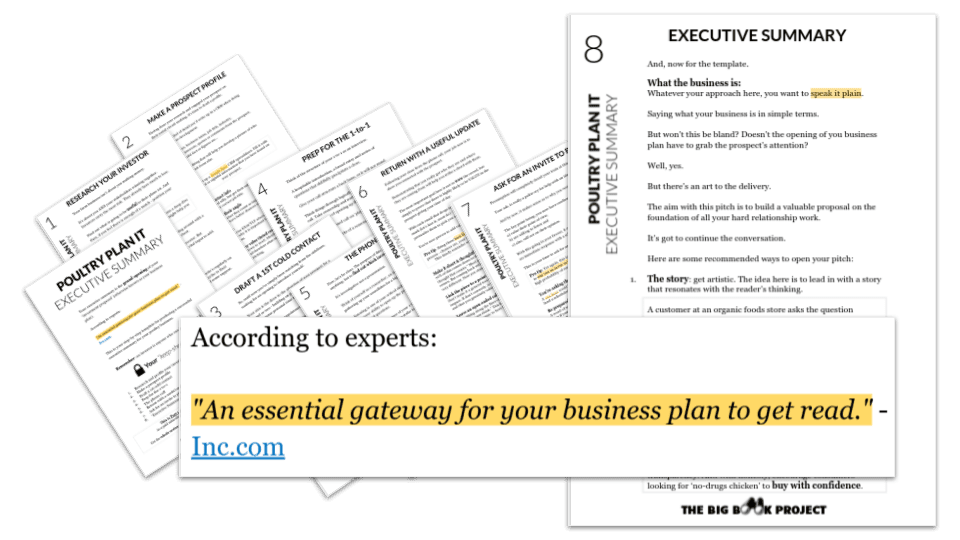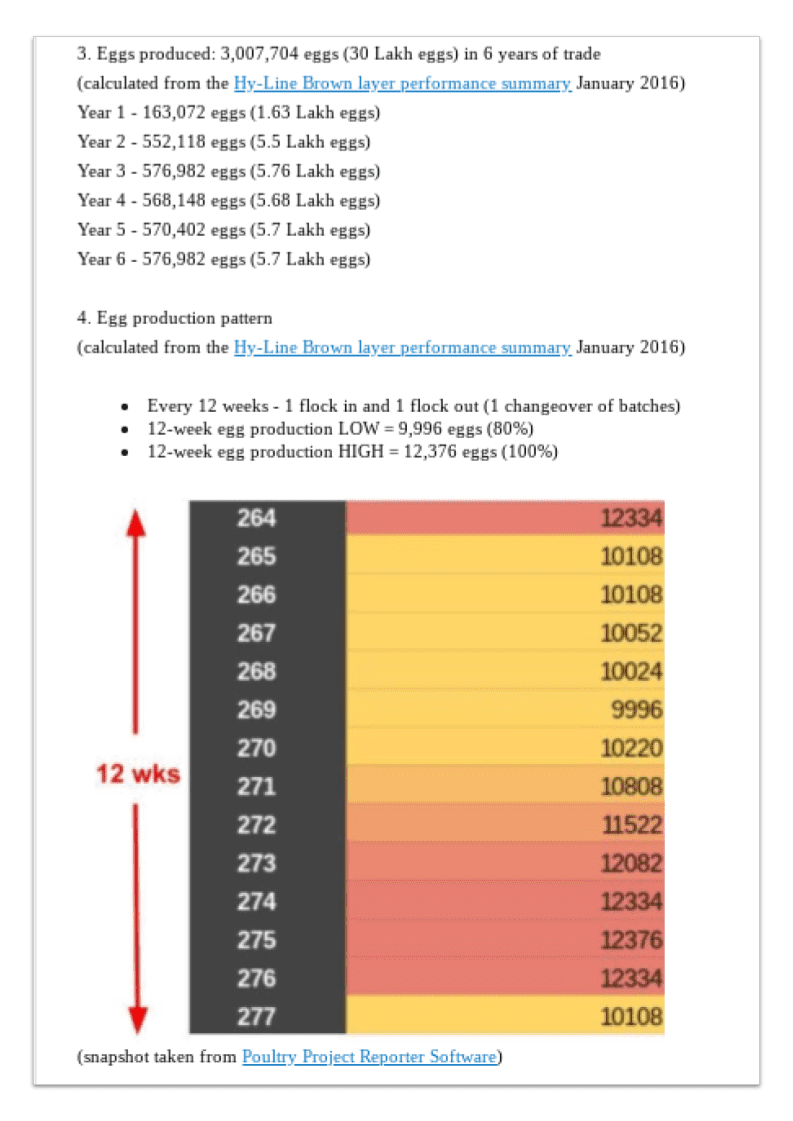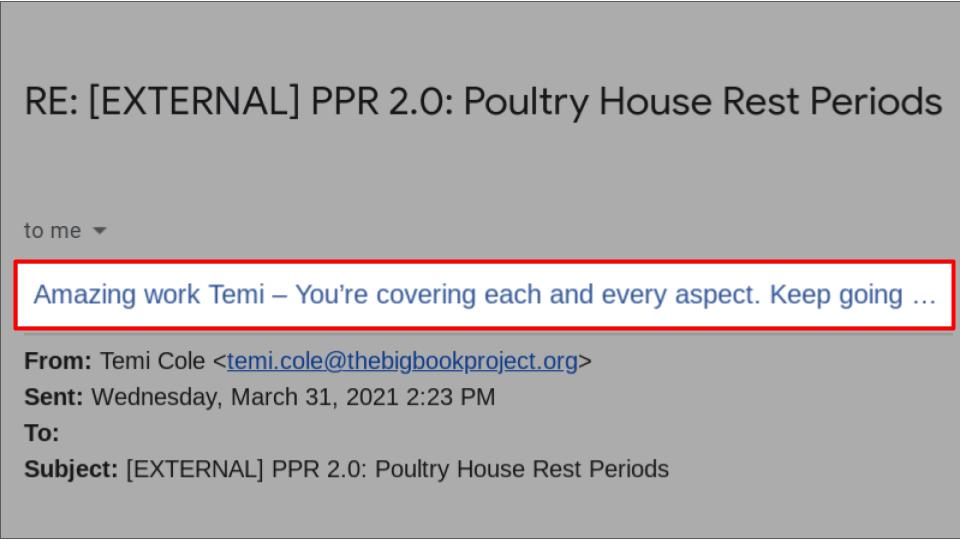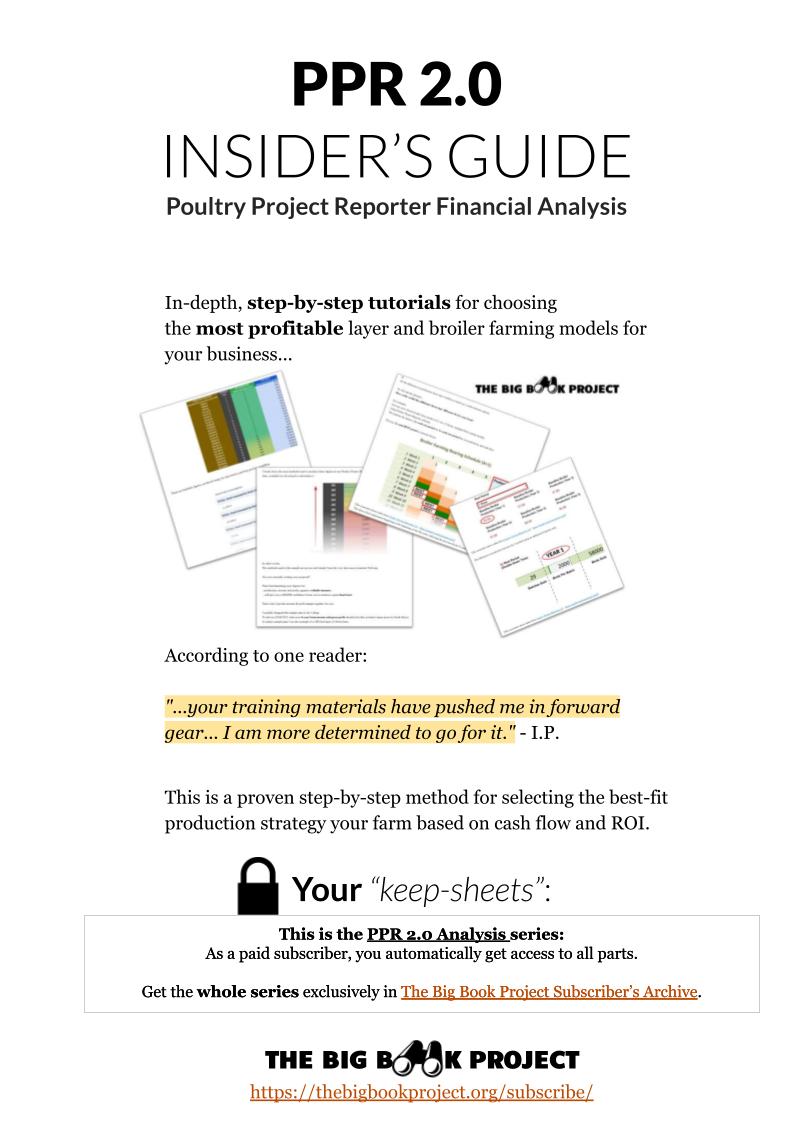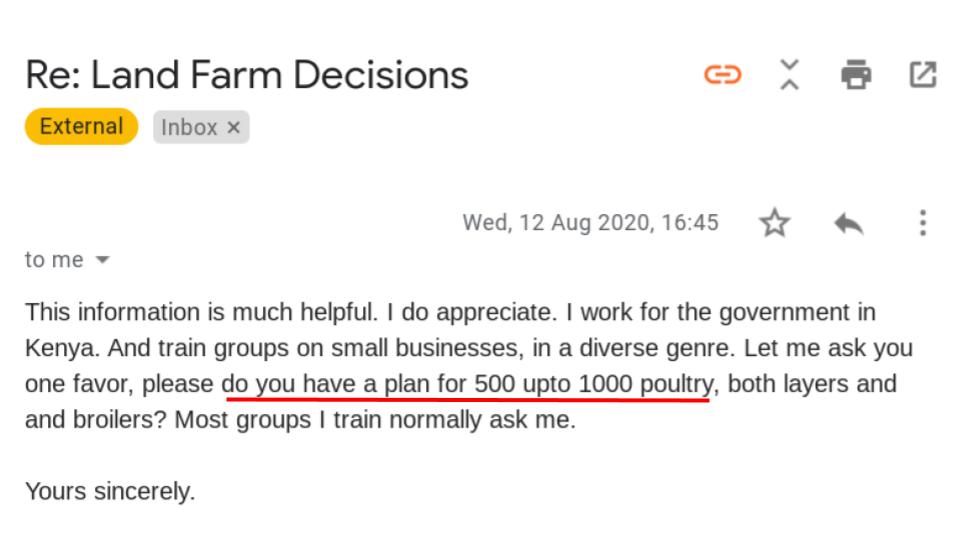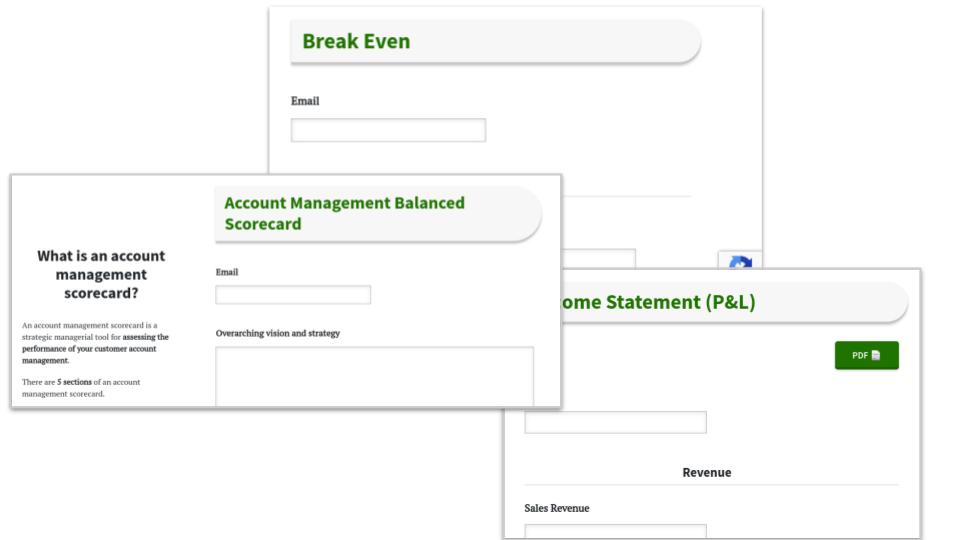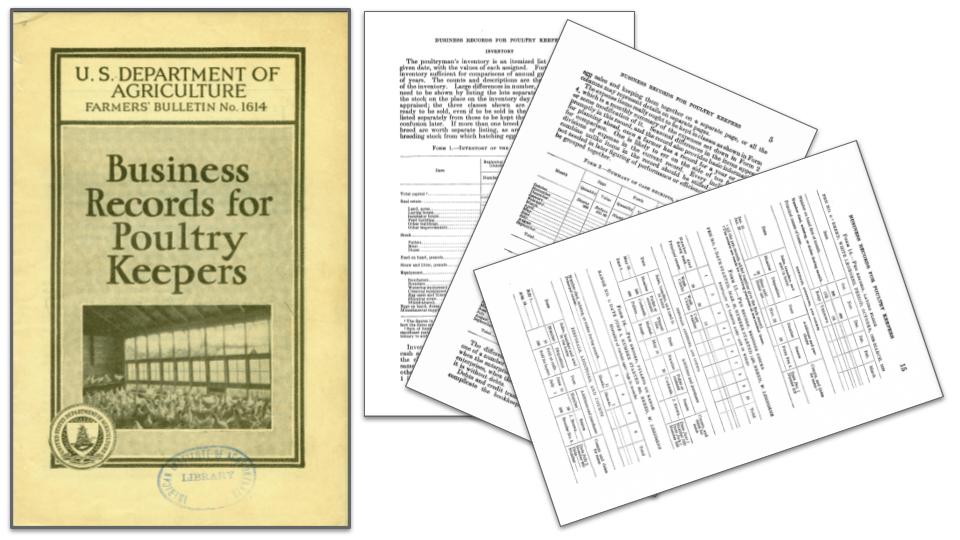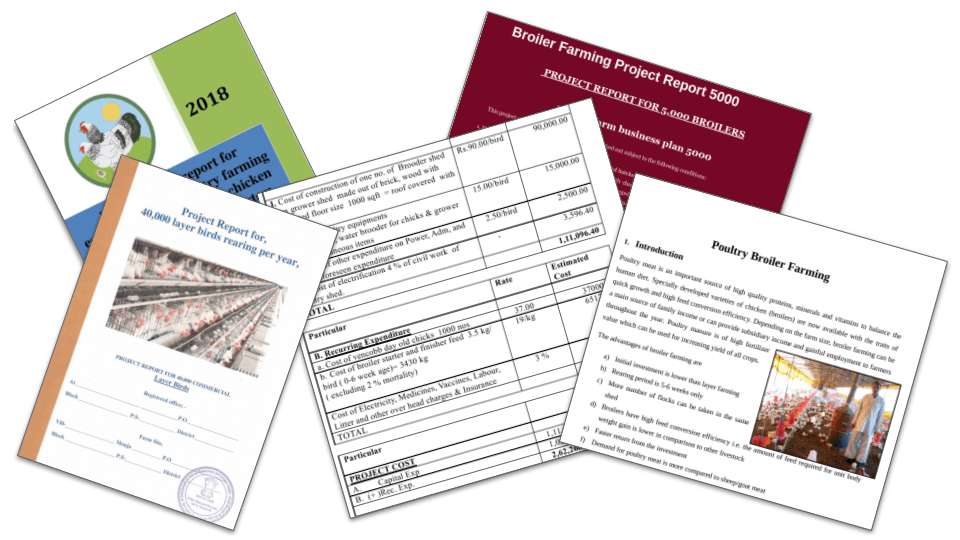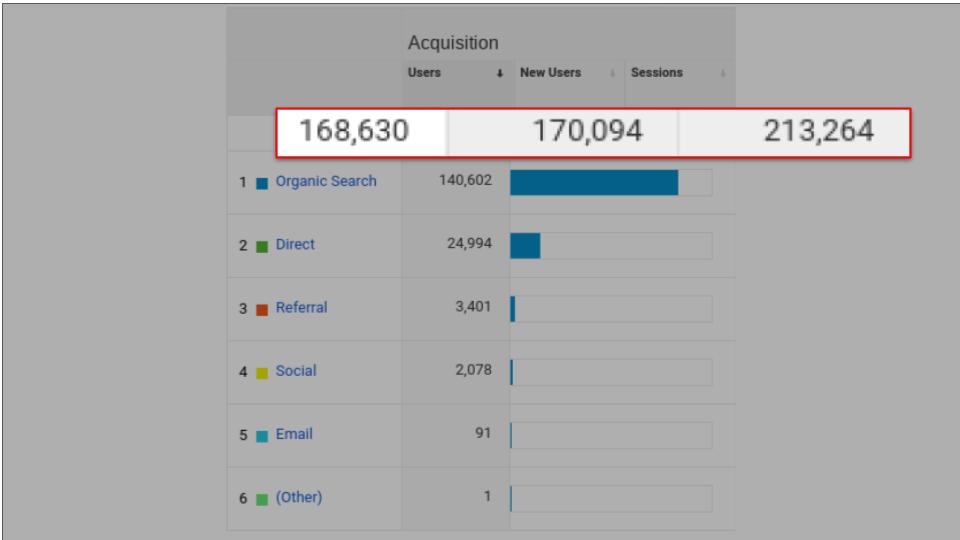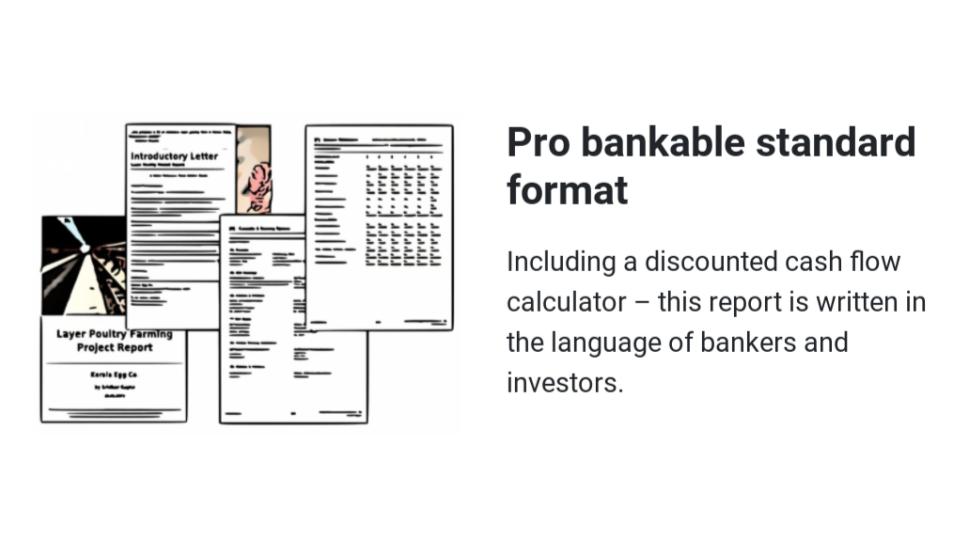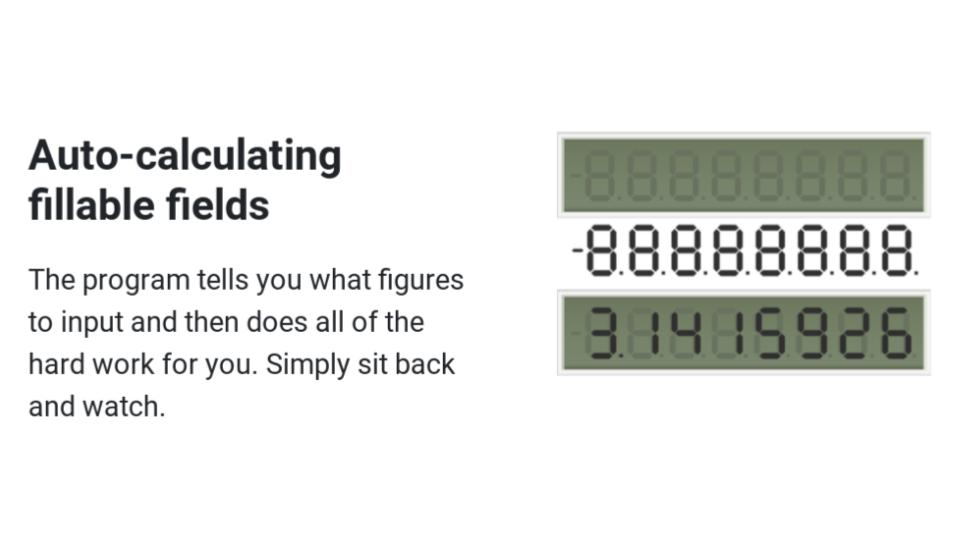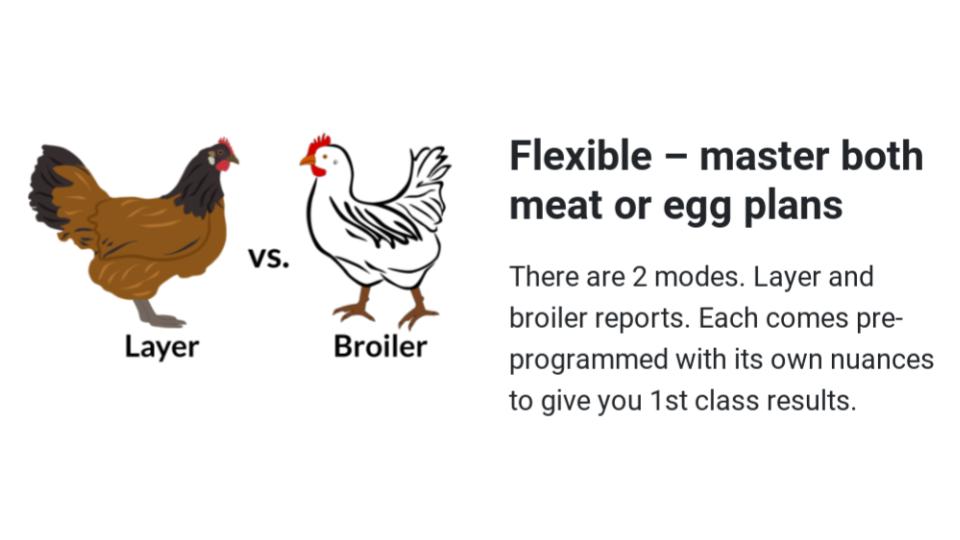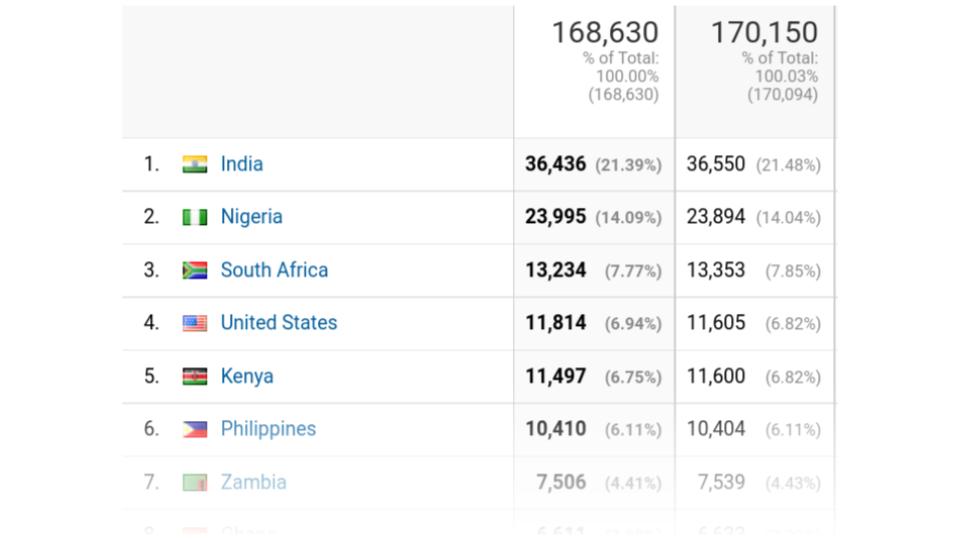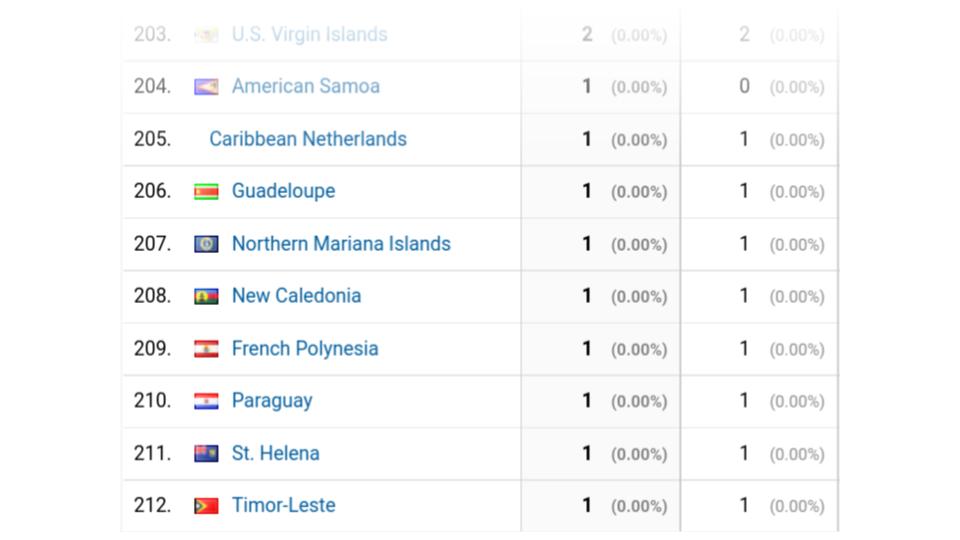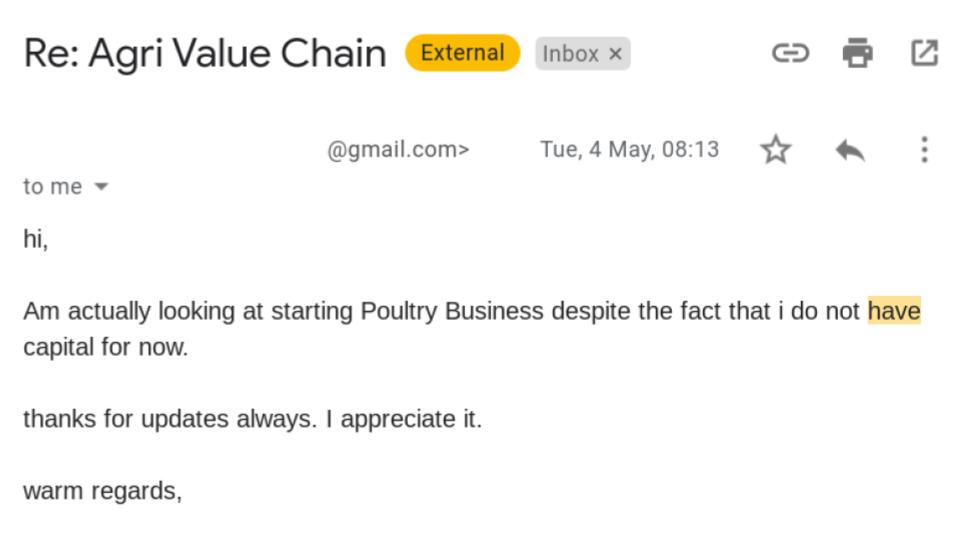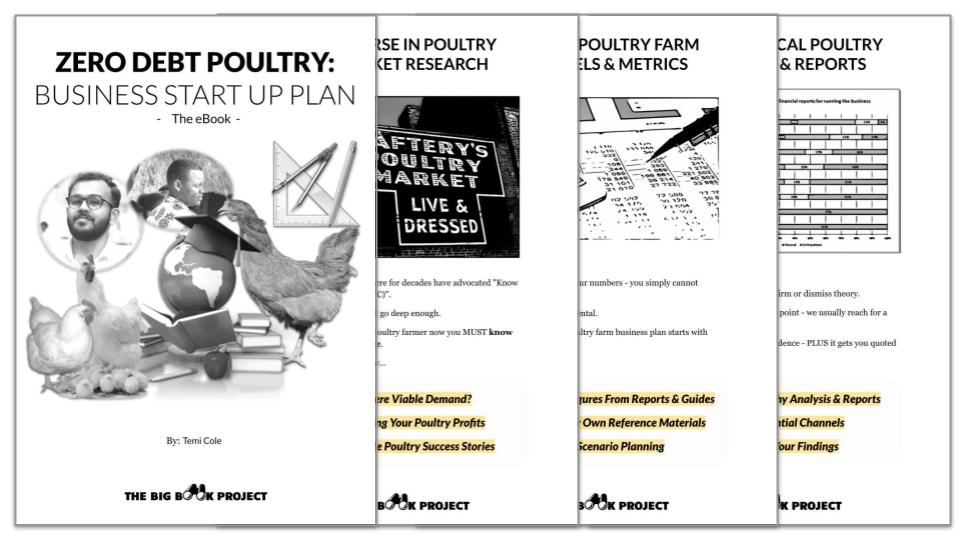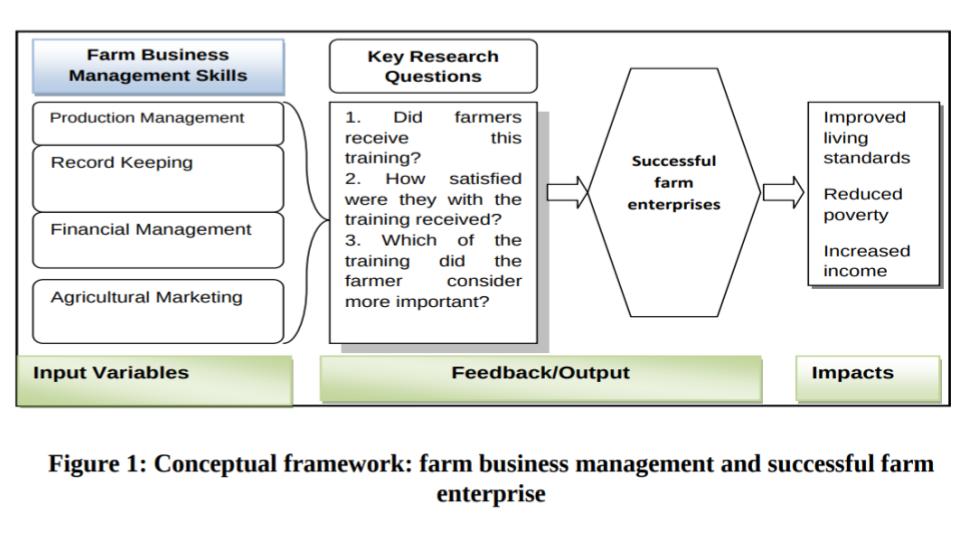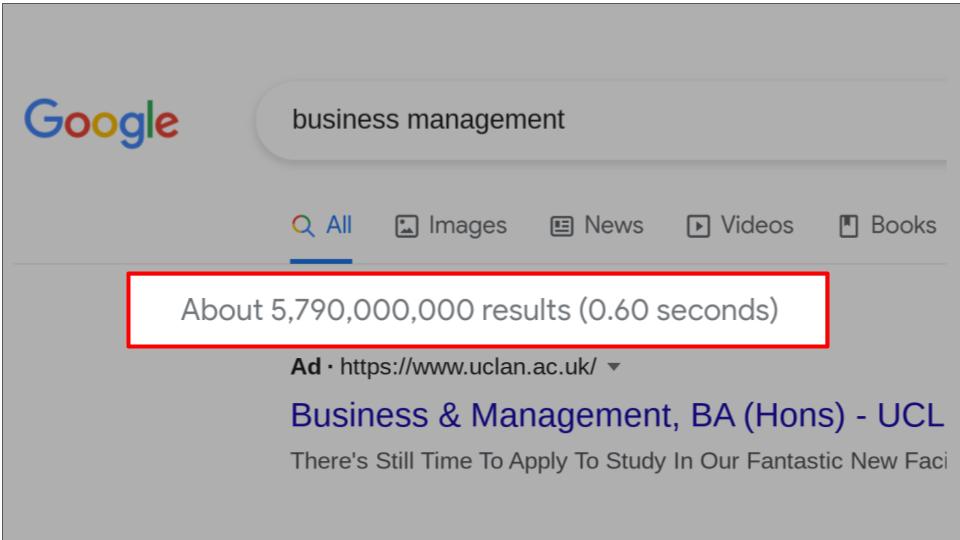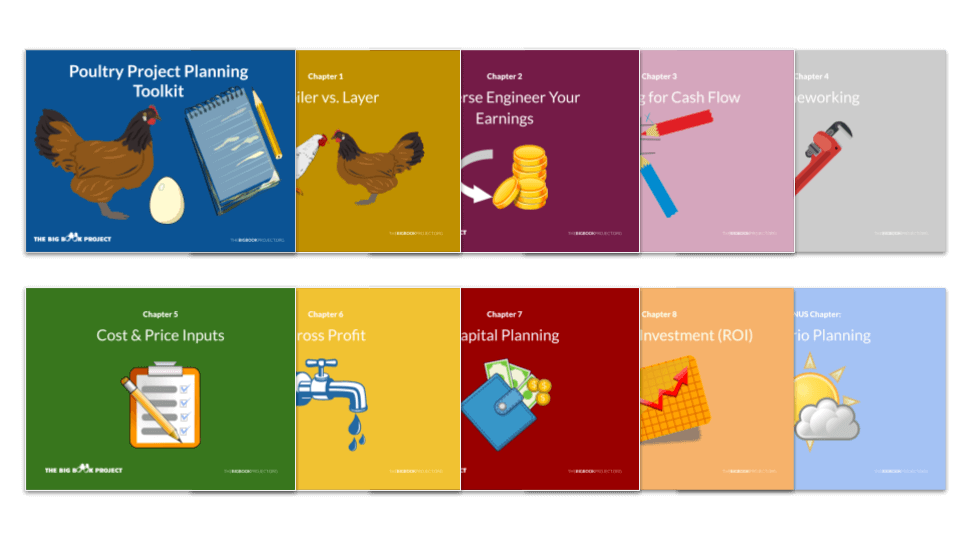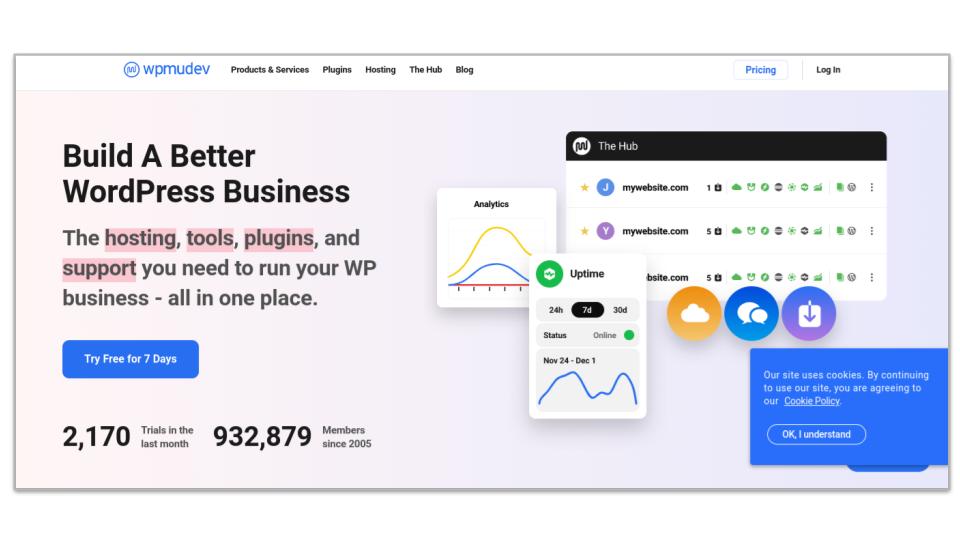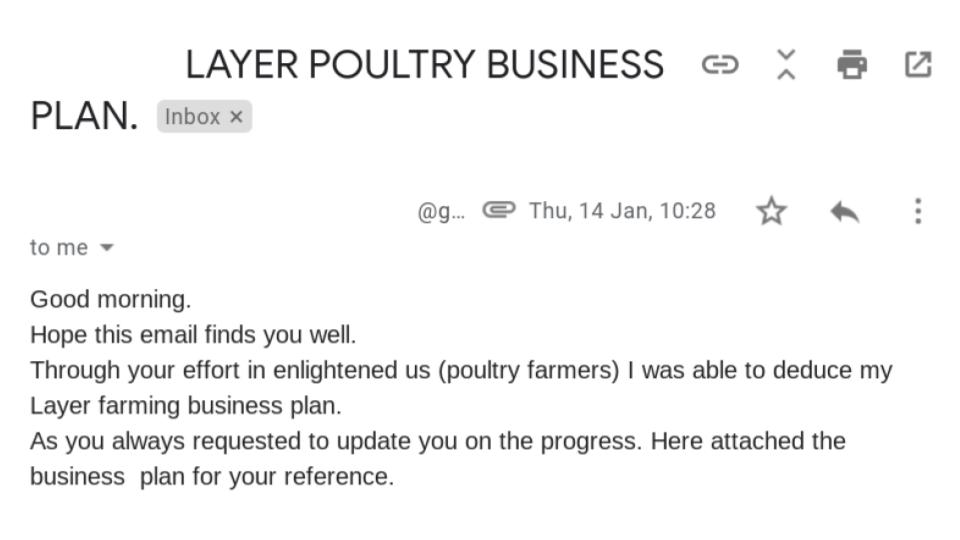Is poultry farming profitable in the Philippines in 2021?
Yes, poultry farming (both for meat and eggs) is a profitable Philippines business venture right now.
It is certainly possible to earn a livable wage,
PLUS generate significant cash flow even as a small backyard enterprise.
And because poultry farming is SO scaleable…
…it is also possible to multiply your flock size (scaling your business) and increasing your profit, from a very small cost base.
So, your potential return on investment (ROI) in this field can be huge.
And I’m about to show you how…
Example of successful poultry farm income
Take this article “Raising success through poultry farming in the new normal” (published on the Philippines’ Department of Trade and Industry website).

(Source)
It gives priceless insights into the kind of income you could expect your poultry farm to make under current market conditions.
Here are the highlights:
“Pangi Sectoral Cooperative (PSC) was organized on June 19, 2020, composed of 22 active members from mostly affected sectors such as farmers, fisherfolks, women and youth from the municipality.
They received a total of Php 30,000.00 worth of starter kits including 100 30-day chicks, 6 sacks of feeds, drinker/waterer vitamins, dextrose, net, screen, bulb, and extension wires and laminated sacs.
Aside from the skills training, they also received training on sanitary measures for poultry, pricing and costing, and how to start a business.
They are now growing 200 chicks and have generated a total of Php 35,000.00 sales from their first and second cycle broiler.
In the following month, they are planning to add another hundred chicks to be grown.
They are also constructing another semi-concrete building as an area for processing their product and another building to house the newly bought chicks.
They are also planning to acquire a chicken dresser machine to further improve their operations.”
(Source)
This article is poultry start-up GOLD.
Here’s why:
- It’s an authoritative, reliable source…
- …the Philippines Department of Trade and Industry – strong data.
- The people starting up are a mixture of skills and experiences…
- …not necessarily expert poultry businesspeople…yet!
- You know exactly how much their start-up package cost them…
- …and of equal importance, what the package contained.
- They received basic poultry skills and management training…
- …including an introductory course into how to start up a poultry farming business.
- The participants sold their first and second successfully grown broiler batches (very well done).
- They are already looking to grow & scale within weeks of starting up.
- They process the chicken on-site using a semi-concrete poultry farm structure.
- They will keep multiple flocks separate by building a new brooder house.
- They plan on acquiring a chicken dresser machine to speed up the carcass preparation.
- We are told how much they made in sales revenue…
- …so we can calculate their ROI.
How much does it cost to get into farming in the Philippines?
The cost of rearing poultry depends on what scale you start and what assets you already have in hand.
But one thing is for sure,
You CAN start small – in fact, tiny even.
(Which means poultry farming is pretty much accessible to anyone.)
Let’s look at the scenario above in that article:
The case study
The Pangi Sectoral Cooperative (PSC) were equipped with what could be called:
‘A broiler brooder start-up kit.”
Broiler farming
Their focus will be to rear and sell broiler chicken meat.
Broiler birds are reared on average for about 6-7 weeks from one day old. At the end of this period, they should reach about 2.9kg in weight and are ready for being sold at market.
The cooperative start with 100 chicks – bought at 30 days old.
(The 30 days rearing advantage helps the chicks with becoming a bit stronger before being sent to the farm. This is thought to help their survival rate).
At current market prices (as quoted in this article)…
Chick prices
United Broiler Raisers Association (UBRA) President Elias Jose Inciong said the broiler chick price at the end of 2020 was as much as Php. 38.00 per head.
So, the equivalent of 100 chicks (like in the Pangi Sectoral Cooperative example) would cost approximately Php. 3,800.00.
Feed prices
As quoted in my guide to poultry farming for beginners…
…the average commercial broiler bird (of the Cobb 500 variety) will consume just over 5kg of feed in 6-7 weeks of rearing.
According to sources like this video, the current poultry feed costs could be around Php. 26.00 per kg.
So, 5kg of feed would cost ~ Php. 26.00 x 5kg = Php. 130.00 (for 5kg of broiler feed) per bird.
And x 100 chicks, this cost would be: Php. 13,000.00 to feed 100 birds until they reach a marketable age and weight.
Other costs
Aside from buying the feed and the chicks, you would need:
- dietary supplements
- clean drinking water
This would be a minimal additional cost – and the supplements would be optional.
One-off and recurring capital expenses would be to by:
- feeders (Php. 390.00 x 4 per unit = Php. 1,560.00)
- drinkers (Php. 280.00 x4 per unit = Php.1,120.00)
- netting
- lighting set-up
- the heat source for brooders + fuel
- any housing modifications or structures
- deep litter
- manual processing equipment
- meat packaging
- farm and business training
- cleaning materials (i.e. disinfectants for feeders and drinkers etc.)
…all in, you might expect these additional capital items to cost a further Php. 10,000.00 -12,000.00.
Total start-up costs
Very rough TOTAL start-up cost would look like this:
- Php. 3,800.00 for 100-day old broiler chicks
- Php. 13,000.00 for 500kg of broiler feed to last the flock 6-7 weeks of rearing.
- Php. 11,000.00 for capital expenses
- Php. 120,000.00 working capital (to complete another 6 cycles of rearing until you’ve built up enough profit and earnings that the business pays for itself)
- TOTAL = Php. 147,800 to kick start a profitable 100-bird broiler enterprise
- …the profitable earnings you make will be put back into the business for growth investment to scale up.
- TOTAL = Php. 147,800 to kick start a profitable 100-bird broiler enterprise
(This assumes you have the appropriate amount of land and building space to accommodate your flock.)
What are the farm gate prices for poultry in the Philippines?
In my latest update of the Philippines poultry industry statistics for 2021, I quote the PSA (Philippines’ Statistics Authority) farm gate price for:
- Chicken eggs: Php. 5.71 per egg.
- Chicken meat: Php. 74.05 per kilogram, liveweight
- Organic chicken meat: Php. ~200 per kilogram, liveweight (quoted from this article)
How much income do you want to make from the poultry business?
Whilst running my popular online poultry training and email newsletter course,
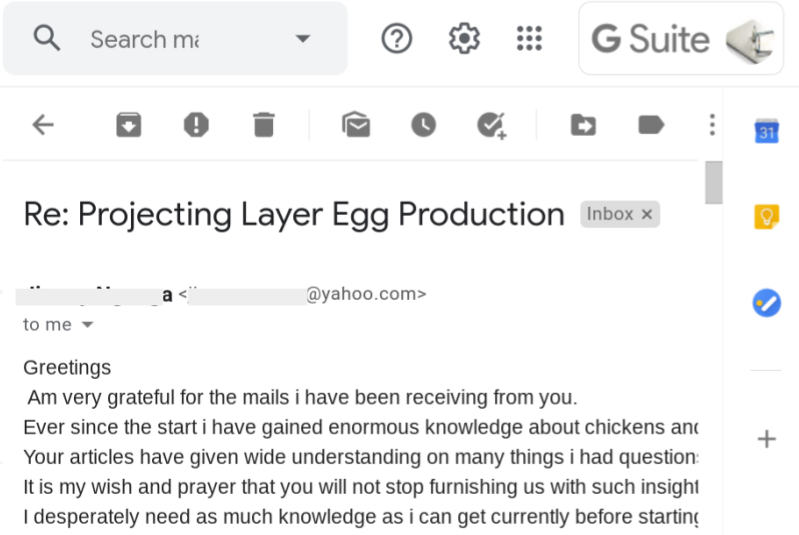
I have had many subscribers ask me:
“Is poultry farming profitable?”
My qualifying question is always asking, “…who is asking?”
In other words,
“…what do you currently earn? And how much money are you expecting your poultry business to make you?”
Poultry farming income VS. the minimum wage in the Philippines
If you earn the minimum wage in the Philippines,
“…between Php. 214.10 – 425.90 per day“
[…then a poultry farming income can – even without any contingency money for growth (~ Php. 30,000.00) – can add considerable earnings to your household.]
A 100 bird batch sold could get you gross earnings equal to about 1 to 2 months wages (~Php. 14,000).
6x batches in a year would equal 6 months to 12 months wages.
Poultry farming income VS. the average wage of an accountant in the Philippines
On the other hand, if you earn an average wage of a professional salaried accountant in the Philippines,
“…around Php. 305,431 a year (Php. 25,452.58 per month)“
A 100 bird batch sold could get you gross earnings equal to about 55% of a month’s wages.
6x batches in a year would equal 3 months wages.
What cash flow can you expect from your poultry business? (per unit)
To recap,
Farm gate prices
The farm gate prices for poultry products in the Philippines are:
- Chicken eggs: Php. 5.71 per egg.
- Chicken meat: Php. 74.05 per kilogram, liveweight
- Organic chicken meat: Php. ~200 per kilogram, liveweight (quoted from this article)
Money left after feed costs
If you subtract equivalent feed costs alone, you might find the following margin of surplus money:
- Per egg
- @ 105–112 g / day per bird
- @ Php. 26.00 per kg
- = Php. 2.91 of feed to produce one egg (daily)
- = adjusted for 95% hen-day egg …Php. 3.07 of feed to produce one egg
- Egg sales price minus feed cost per egg = Php. 5.71 – Php. 3.07 = Php. 2.64 margin
- Per bird
- @ ~5 kg per bird over 6 weeks
- @ Php. 26.00 per kg
- Php. 130.00 of feed to produce one broiler bird (in 6 weeks)
- Bird sales price minus feed cost per egg = Php. 214.75 – Php. 130.00 = Php. 84.75 margin
Gross profit
Leading poultry farming research declares that feed contributes 60-70% of the cost of production.
So, taking this into account we can estimate:
- Gross profit per egg = Php. 5.71 – Php. 4.72 (Php. 3.07 /0.65) = Php. 0.99 per egg (~17%)
- Gross profit per bird = Php. 214.00 – Php. 200 (Php. Php. 130 /0.65) = Php. 14.00 per bird (~7%)
However, there are some conditions to consider:
- Broilers are raised over 6 weeks and so, 1st cycle sales revenues are gained at 6 weeks.
- Layers take ~18-20 weeks from hatching to produce their 1st egg (point of lay PoL hens begin laying eggs within days of purchse, but the cost to buy a point of lay bird vs. day old is much more)
- In the time you wait for layers to lay their 1st egg from day-old, you could have taken up to 3 broiler flocks to market and had the benefit of that cash flow.
But be careful
However…
- Layer hens typically lay an egg per day, so once they begin laying, there is literally DAILY cash flow advantage with egg production
- Families consume eggs many days a week and will return to buy from you weekly – more interaction, more chance to cross-sell other farm produce
What flock size do you need to achieve your target earnings?
What is the flock size needed to replace a minimum wage?
Let’s say you wanted to earn a minimum wage of Php. 12,750 per month, this is the size of poultry farm you would need:
Layer eggs
- Php. 12,750.00 / Php. 0.99 = 12,878.79 eggs per month
- @ 12,878.79 /30 days per month = ~430 eggs per day
- i.e. a flock ~460 birds inc. 7% mortality
- or rounded up, a flock size of 500 layer hens.
Broiler meat
- Php. 12,750.00 / Php. 14.00 = 910.71 birds per month
- i.e. a flock ~975 birds inc. 7% mortality
- or rounded up, a flock size of 1,000 broilers.
What is the flock size needed to replace a professional accountant’s wage?
For the accountant, it would be roughly twice as much:
- 1,000 layer hens
- 2,000 broilers
However, there are complications involved when estimating production, like:
- lead time to product (i.e. 18 weeks for laying 1st egg and 6 weeks to marketable weight for broiler)
- cleaning periods in between flocks
etc.
Which brings us onto…
Which production model will be your ideal approach?
Overall income is one thing, but as we saw above, cash flow is also an important financial goal.
We all know how important is to have the right money at the RIGHT TIME…
The importance of cash flow
This is where cash flow becomes critical.
For example,
Having Php. 40.00 extra in disposable income is NOWHERE near as valuable as having the right rent money when you’re 1 peso short.
That 1 peso extra suddenly becomes way more important (& valuable) than the Php. 40 disposable income.
Multi-flock broiler production
So, broiler cash flow is every 6 weeks, UNLESS you raise multiple flocks.
The most common multi-flock broiler models – can get you weekly sales…smoothing out your weekly cash flow.
Multi-flock egg production
And layers are commercially profitable up to 72 weeks old only.
(After which they are culled as ‘spent’.)
In between culling a flock and raising another to lay maturity, you can simultaneously raise other flocks to fill in the production gap.
Picking your model
At this stage, you may be asking:
- What are the most common production models?
- How do they work?
- EXACTLY how much will they produce (eggs and meat)?
- How often will the models produce?
- What are the additional costs for raising more flocks?
- Are there risks involved?
It’s safe to say that engineering your ideal layer or broiler production model is anything but easy.
The process of making the best decision takes a lot of working out.
Let me help you…
And to save you to cost of time (of researching it yourself) and money (in hiring consultants or losing money on mistakes)…
…I recommend you subscribe to my premium email newsletter & download archive of expert poultry production analysis & PDFs.
The series on poultry production models is called Poultry Project Reporter 2.0
(…featuring data that I crunched using my new-ish software, which launched last year)
Below is a quick snippet of one of my recent subscriber-only posts on egg production modelling:
Subscribe today to get immediate access to all my exclusive material on poultry production modelling.
How much land, materials and labour do you need to build your poultry farm?
Of course, running a poultry farm is dependant on your availability of land, materials for building and labour.
Everyone’s situation is different and it’s impossible to write up an example for everyone, but…
How to plan what capital cost you need?
…there are the golden points to remember:
- Land and construction are HUGE capital expenses and totally undercut your return on investment in the long term.
- So, starting within your means and avoiding these costs initially can do you a great service in kick-starting your enterprise.
- Each adult bird will need about 2.70 sq.ft. floor space (according to recommended guidelines.)
- Simply sum up your minimum house size and materials needed from this.
- The birds will need strict monitoring and hands-on care, so management will be VERY demanding. Make sure you have the time.
Having these point in mind, you’ll be in a good position to make better investment estimations.
What is your poultry business ROI over 6 years?
As mentioned in the section above, land & construction are large capital costs.
You’ll need to recoup this from your business profits over the years.
Avoid debt
And if you borrow to pay for this, your business will carry the additional burden of debt repayments with interest.
This can totally choke out any profit from your farm’s bottom line.
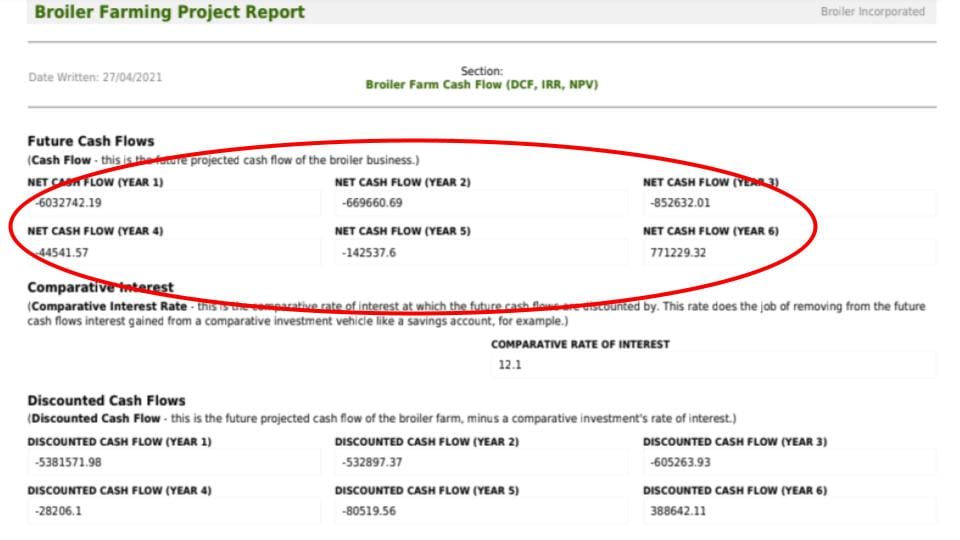
(Screenshot taken from: Poultry Project Reporter 2.0 software)
And so, my advice is always the same when starting a poultry business (eggs or broilers):
- Zero debt.
- Start small.
How will you exit from the poultry business?
So, after poultry, what next?
- Another business?
- A bit of travel?
- Different types of investment?
- Emigration?
How much money would you need to make a smooth transition (and therefore)…
…what must your poultry business give you as a lump sum when you exit?
Factor this into the capital growth ROI calculations.
Now, over to you…
So, I say it again – poultry farming is indeed profitable in the Philippines right now.
The analysis above gives you estimated earnings for both egg production farms and meat birds too.
- Are you currently planning your poultry business?
- Are you farming already and want to compare poultry earnings to your other farm income?
Either way, I’d be interested to hear from you.
Leave me a comment below.



